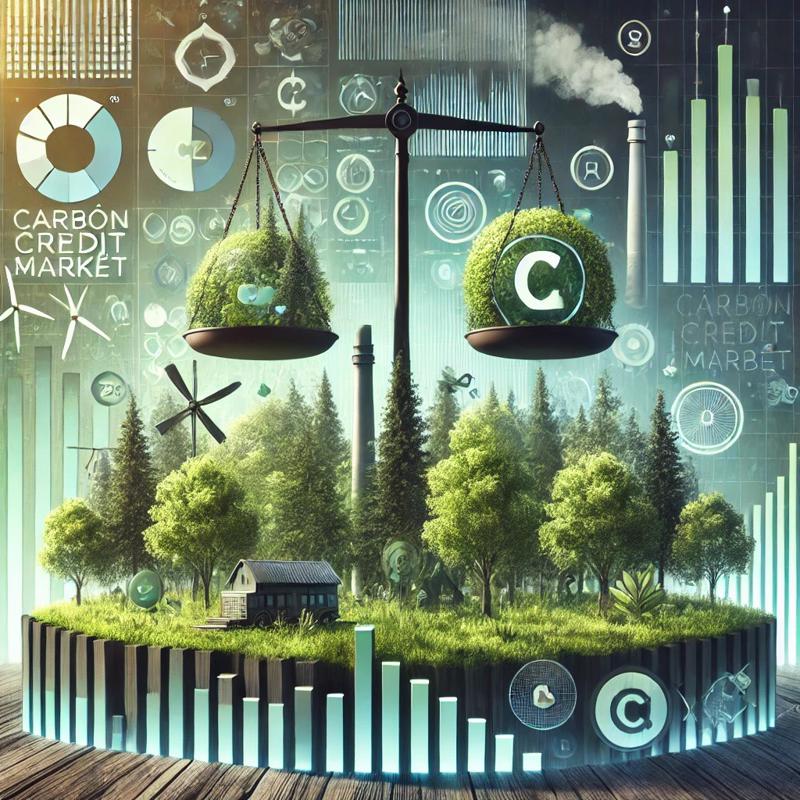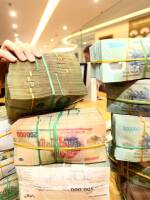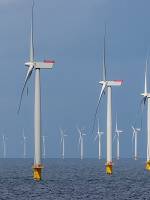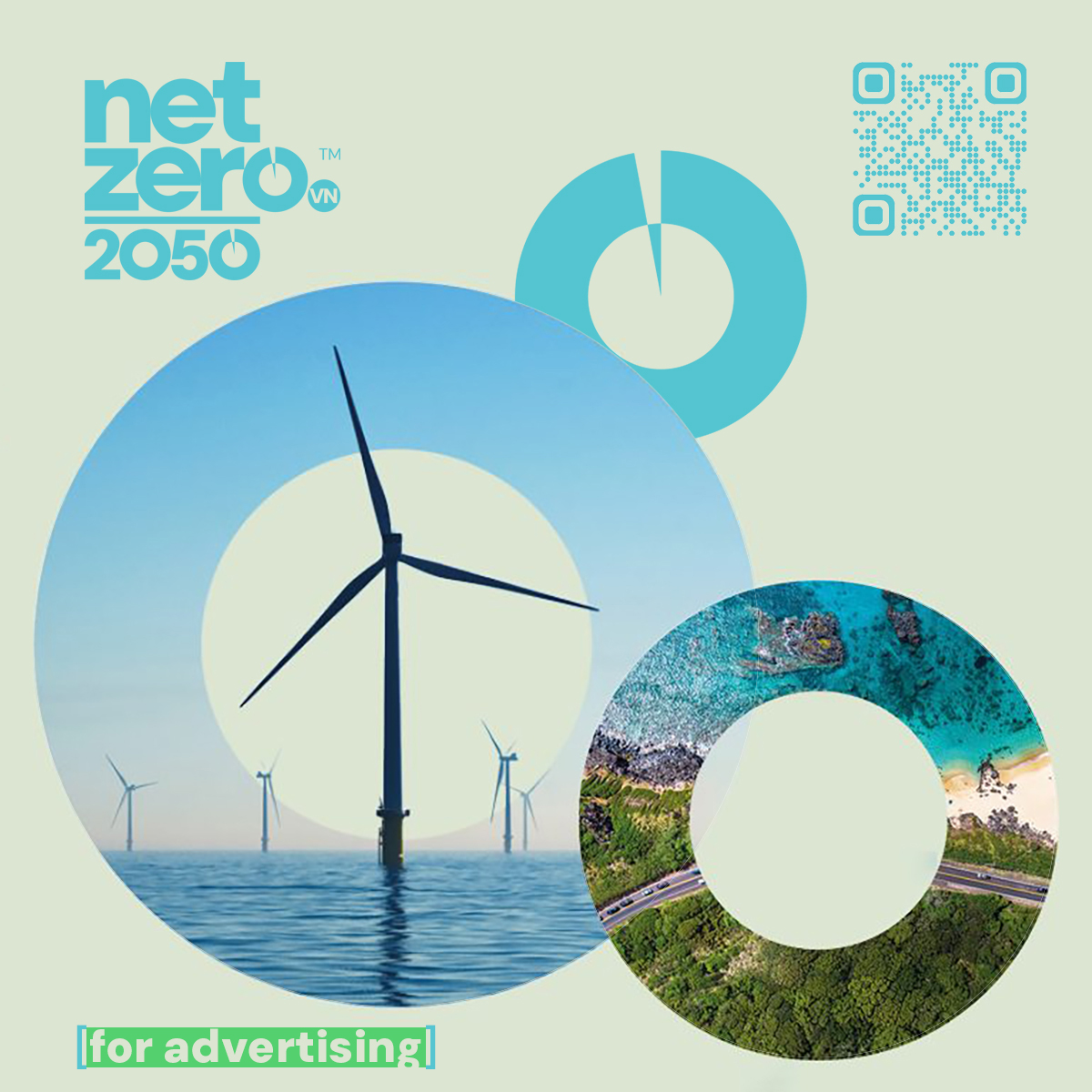
Right before the Lunar New Year holiday, Deputy Prime Minister Tran Hong Ha approved the Vietnam carbon market pilot project. It aims to develop a trading system for emission quotas and carbon credits to comply with the Paris Agreement and Nationally Determined Contributions while fostering a domestic carbon market. The Hanoi Stock Exchange is responsible for building domestic carbon exchange services.
Vietnam’s own carbon market will create opportunities for various market participants – including industries, businesses, project developers, and financial institutions.
Instead of paying carbon taxes or facing penalties, companies can buy cheaper carbon credits from other firms that have reduced emissions. If a company reduces emissions beyond its quota, it can sell excess credits for profit. A coal-fired power plant exceeding its emissions cap can buy credits from a solar energy farm that has extra allowances, reducing overall compliance costs.
Companies are encouraged to invest in clean technology, energy efficiency, and emissions-reducing innovations to lower compliance costs. This helps reduce long-term operational expenses and improve competitiveness. A steel factory adopts low-carbon production methods and saves millions by avoiding high carbon credit costs.
Many global buyers demand low-carbon supply chains and environmental, social, and governance compliance. Companies participating in Vietnam’s carbon market can market themselves as sustainable and win contracts with international clients. A textile manufacturer that reduces emissions and purchases carbon offsets can gain preferential contracts from brands like Nike or H&M, which have net-zero commitments.
Clean energy producers can generate and sell carbon credits to high-emitting companies, creating additional revenue. This makes renewable energy even more profitable, encouraging further investment. Investors will prioritise low-carbon energy projects because of the added value from carbon trading revenue: this accelerates Vietnam’s renewable energy transition.
Sustainable projects can earn carbon credits and sell them in Vietnam’s carbon market. This creates new funding for forest conservation, sustainable agriculture, and reforestation efforts. Carbon market incentives encourage reforestation, agroforestry, and wetland restoration, benefiting rural communities. Farmers and landowners earn income by participating in carbon offset programmes.
Banks, brokers, and exchanges can facilitate carbon credit transactions, creating new financial opportunities. Derivatives and structured products based on carbon pricing could develop in Vietnam’s financial sector. The Hanoi Stock Exchange would establish the carbon credit trading platform, boosting Vietnam’s financial market.
Carbon markets drive demand for green bonds, sustainability-linked loans, and more. Banks and investors offer better rates to companies reducing emissions, aligning with global sustainable finance trends. A Vietnamese bank could offer low-interest loans to businesses adopting low-carbon production methods in exchange for carbon credits.
While a Vietnamese carbon market offers opportunities, participants must be aware of risks and challenges that could affect operations, investments, and long-term profitability.
Vietnam is still in the early stages of developing its carbon market framework. Frequent policy changes, delays in implementation, or weak enforcement could create uncertainty for businesses. In China’s national carbon market (ETS), delays in policy finalisation and weak enforcement led to price instability and low market participation. South Korea’s ETS initially suffered from oversupply of credits, leading to very carbon prices and reduced market effectiveness.
Industries like cement, steel, and coal will face higher operating costs due to carbon pricing. Companies that don’t reduce emissions or buy enough credits could face fines or trade restrictions from mechanisms such as the EU’s Carbon Border Adjustment Mechanism (CBAM).

Carbon prices could fluctuate due to supply-demand imbalances, government policies, or global economic conditions. Low prices make emissions reduction less attractive; high prices could make compliance too expensive for businesses.
If there are not enough buyers and sellers, the market may lack liquidity, making it hard to trade carbon credits efficiently. This is a common challenge for new or developing carbon markets. China’s ETS initially had very low trading volumes, leading to price uncertainty and weak participation from businesses. Companies should diversify carbon credit sources, use hedging strategies, and engage with financial institutions for risk management.
Some carbon offset projects may overstate emissions reductions or sell fraudulent credits. Businesses must ensure they buy certified credits that meet international standards.
Companies that claim carbon neutrality without real emissions reductions could face public backlash and legal issues. Misleading carbon offset claims or greenwashing could harm brand reputation and customer trust. Businesses should only buy verified carbon credits and ensure emissions reductions are measurable and transparent.
Vietnamese exporters will face higher costs if they don’t reduce emissions, and foreign buyers may prefer low-carbon suppliers from countries with stronger carbon pricing policies. The EU’s CBAM will tax carbon-intensive products like steel and cement starting in 2026, affecting Vietnam’s export competitiveness.
Trung Kien




